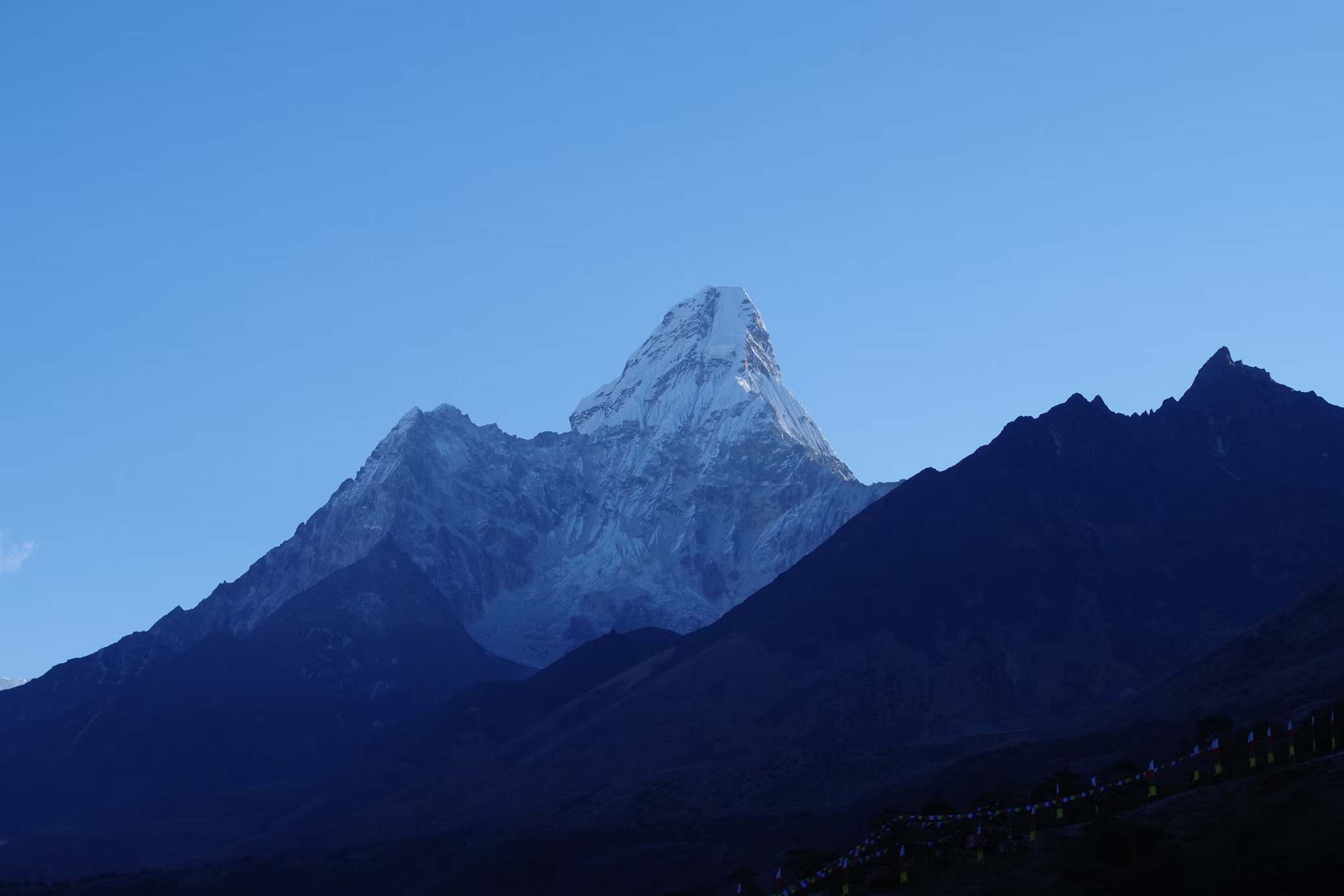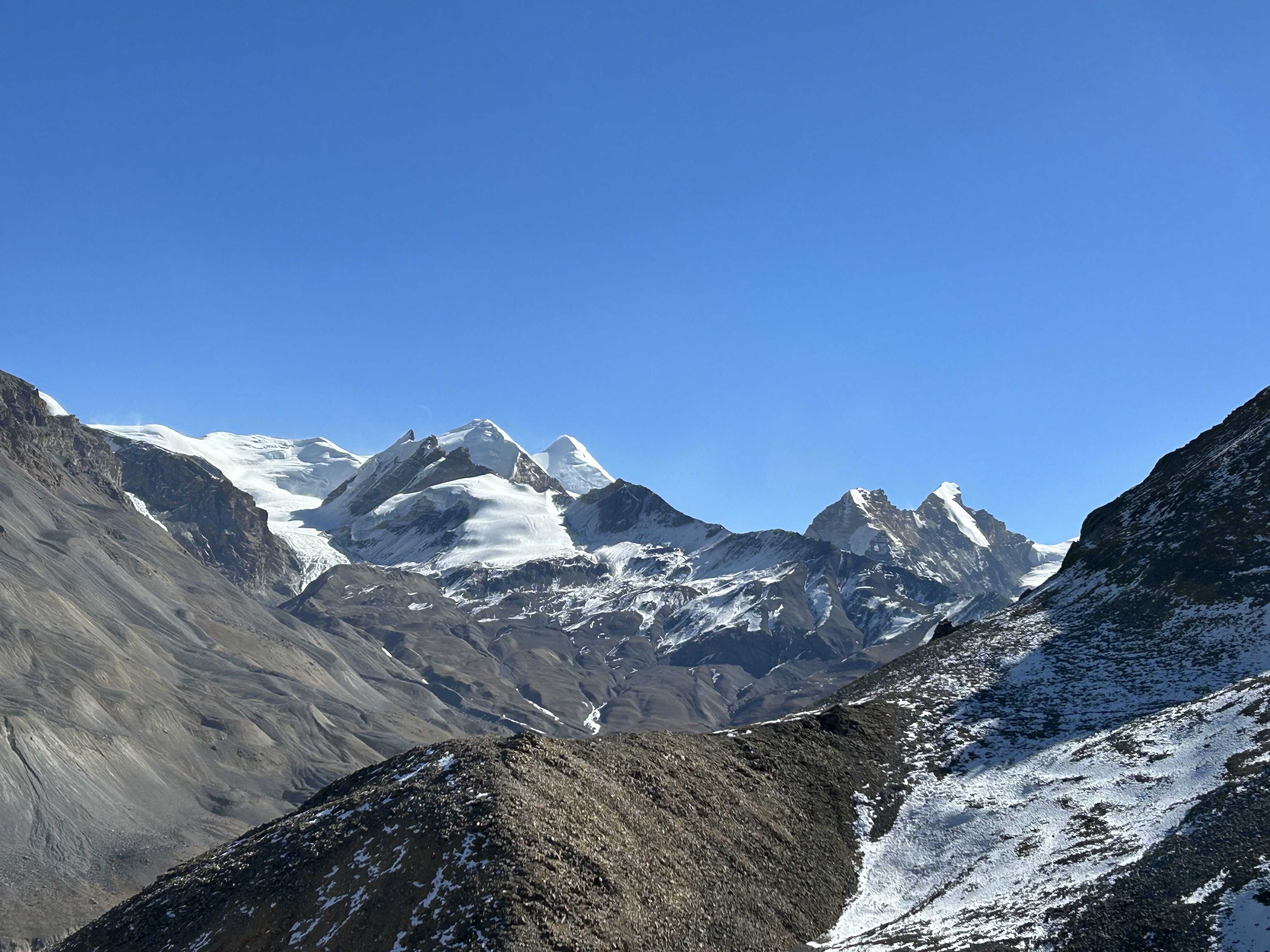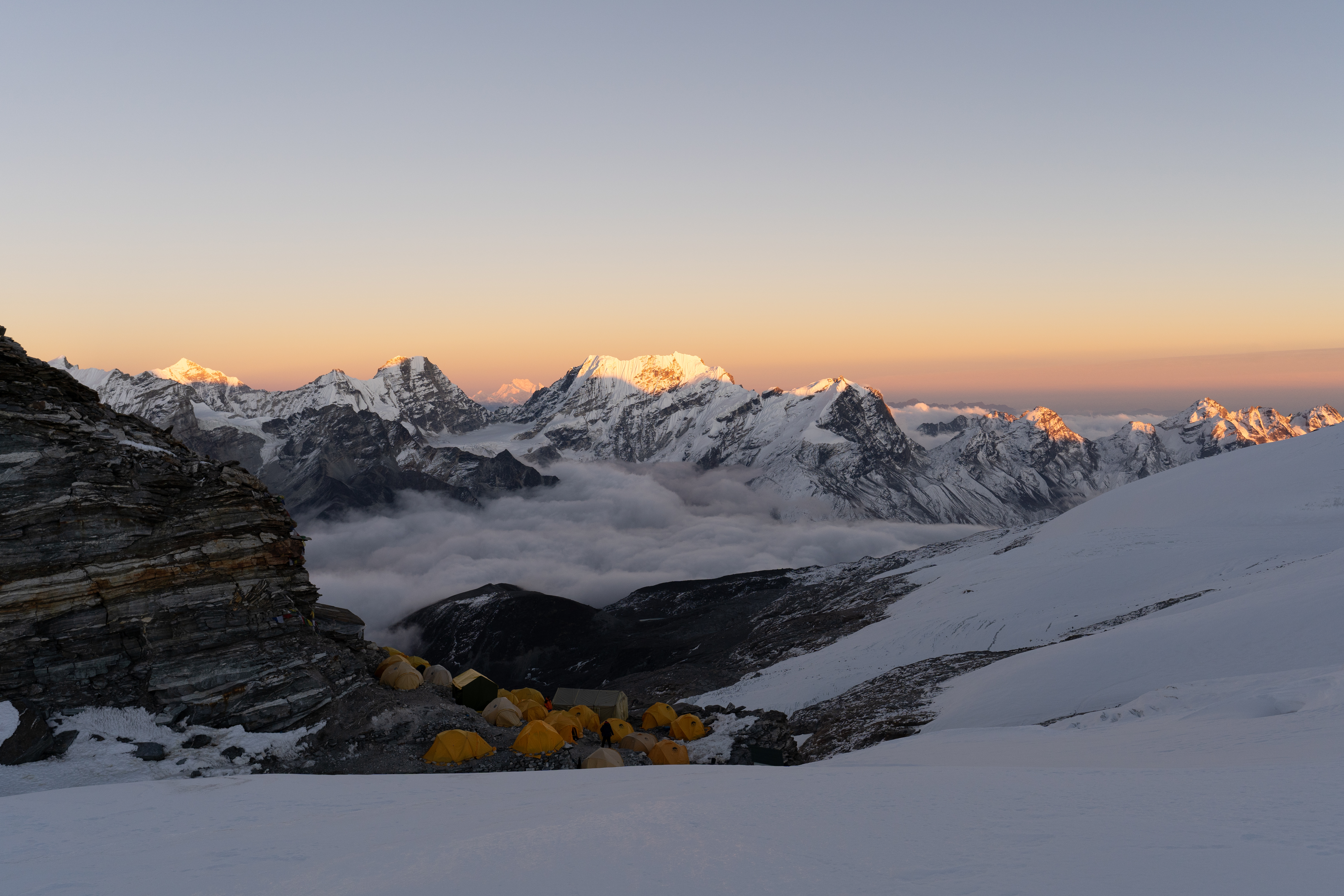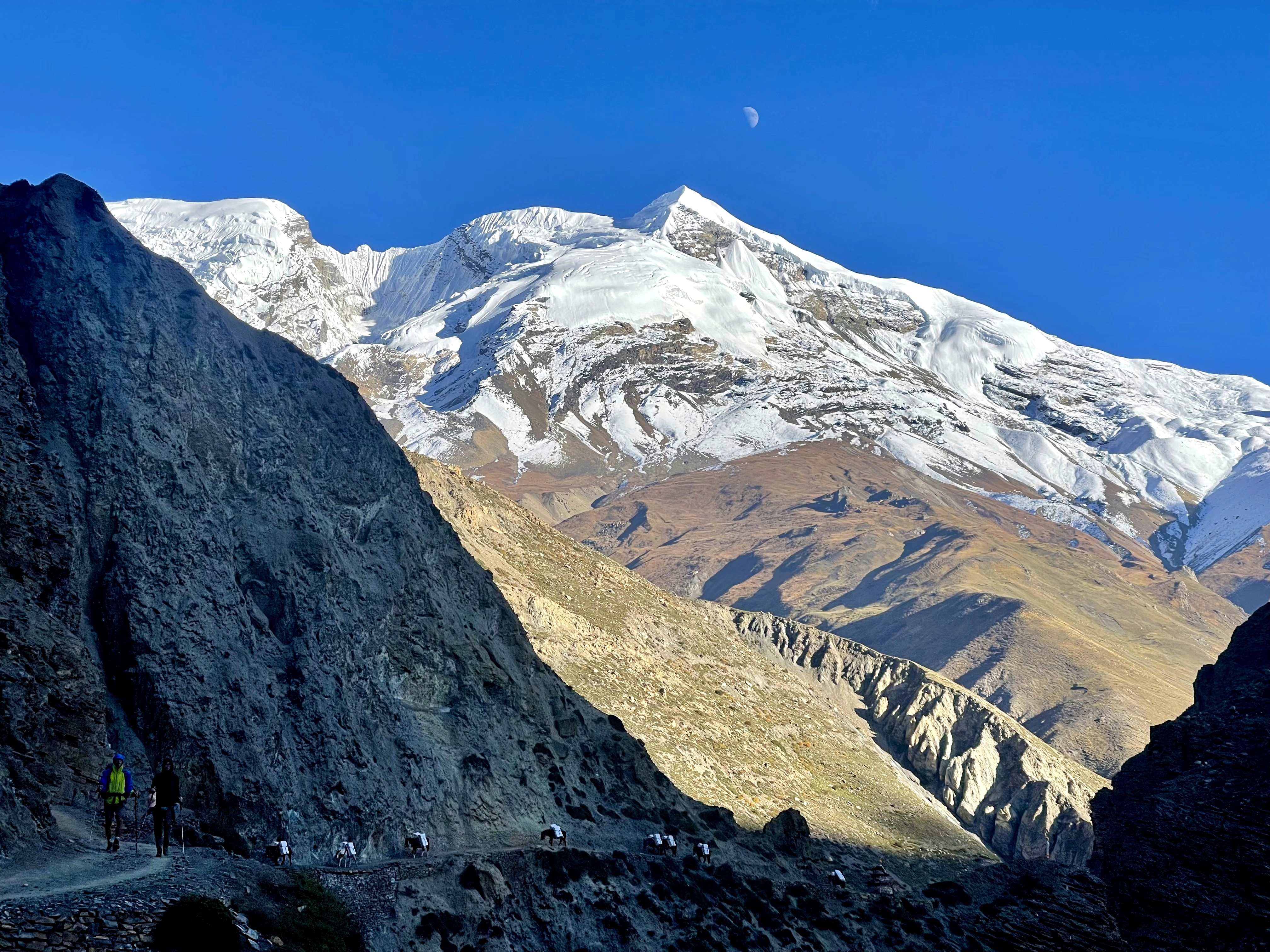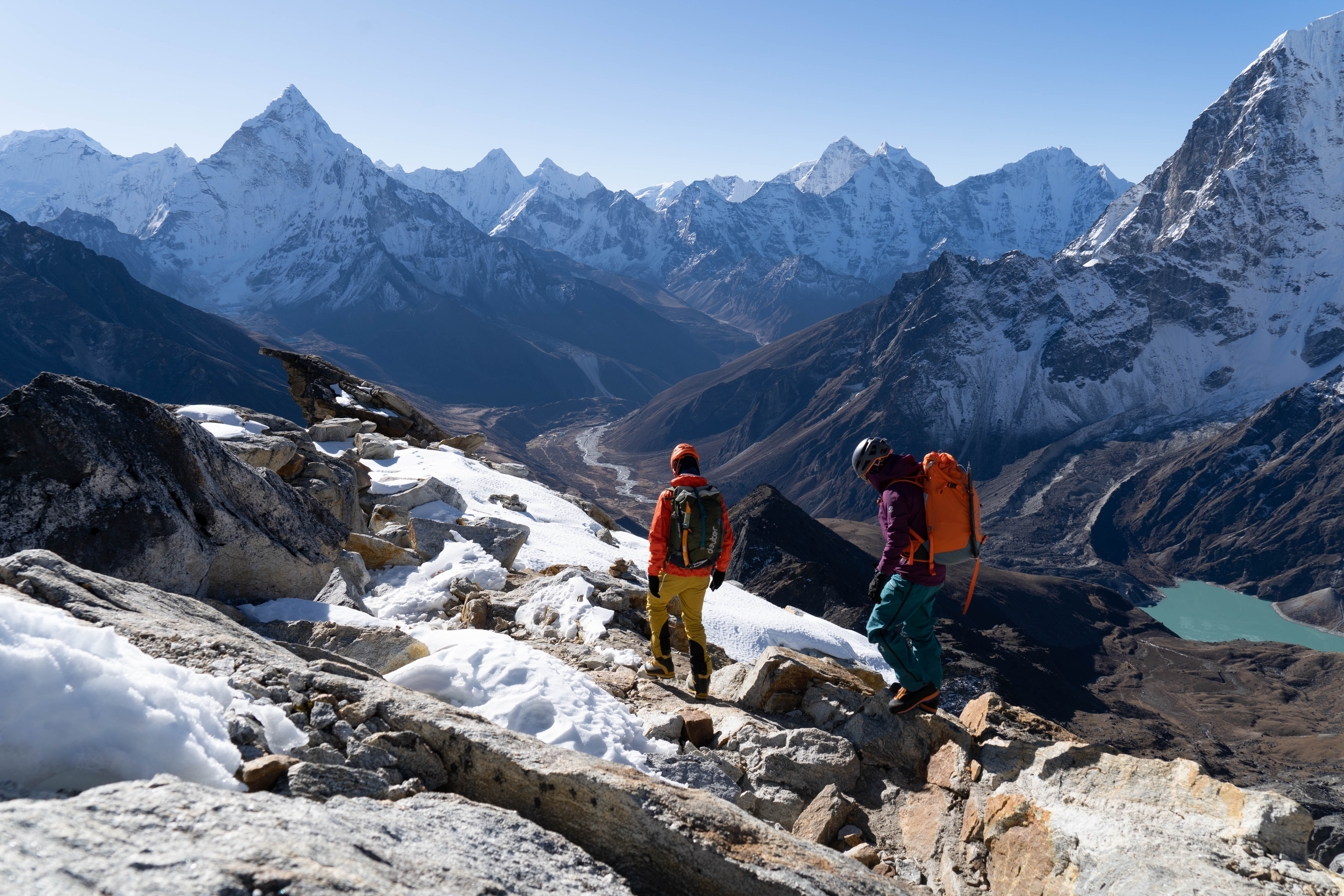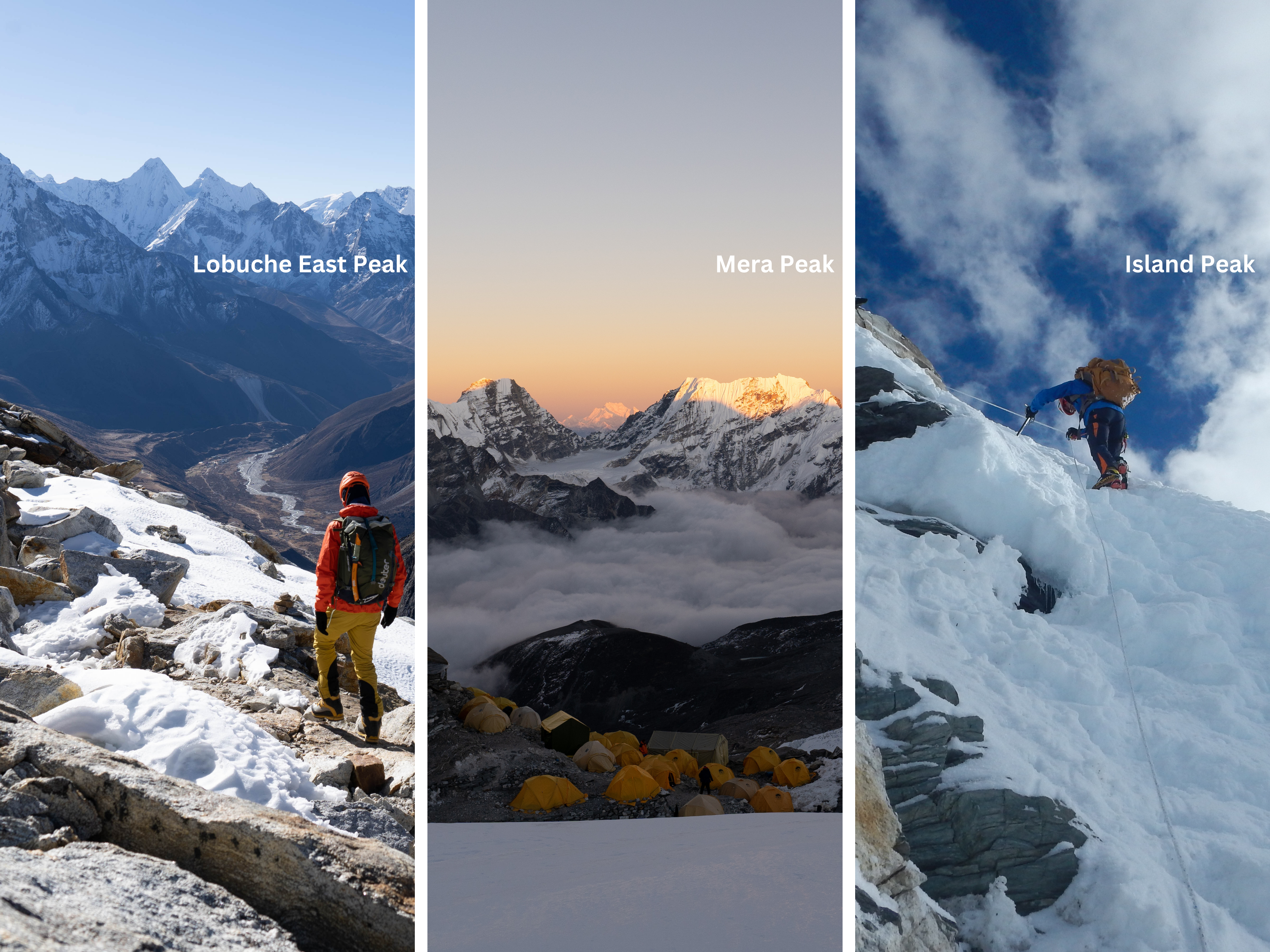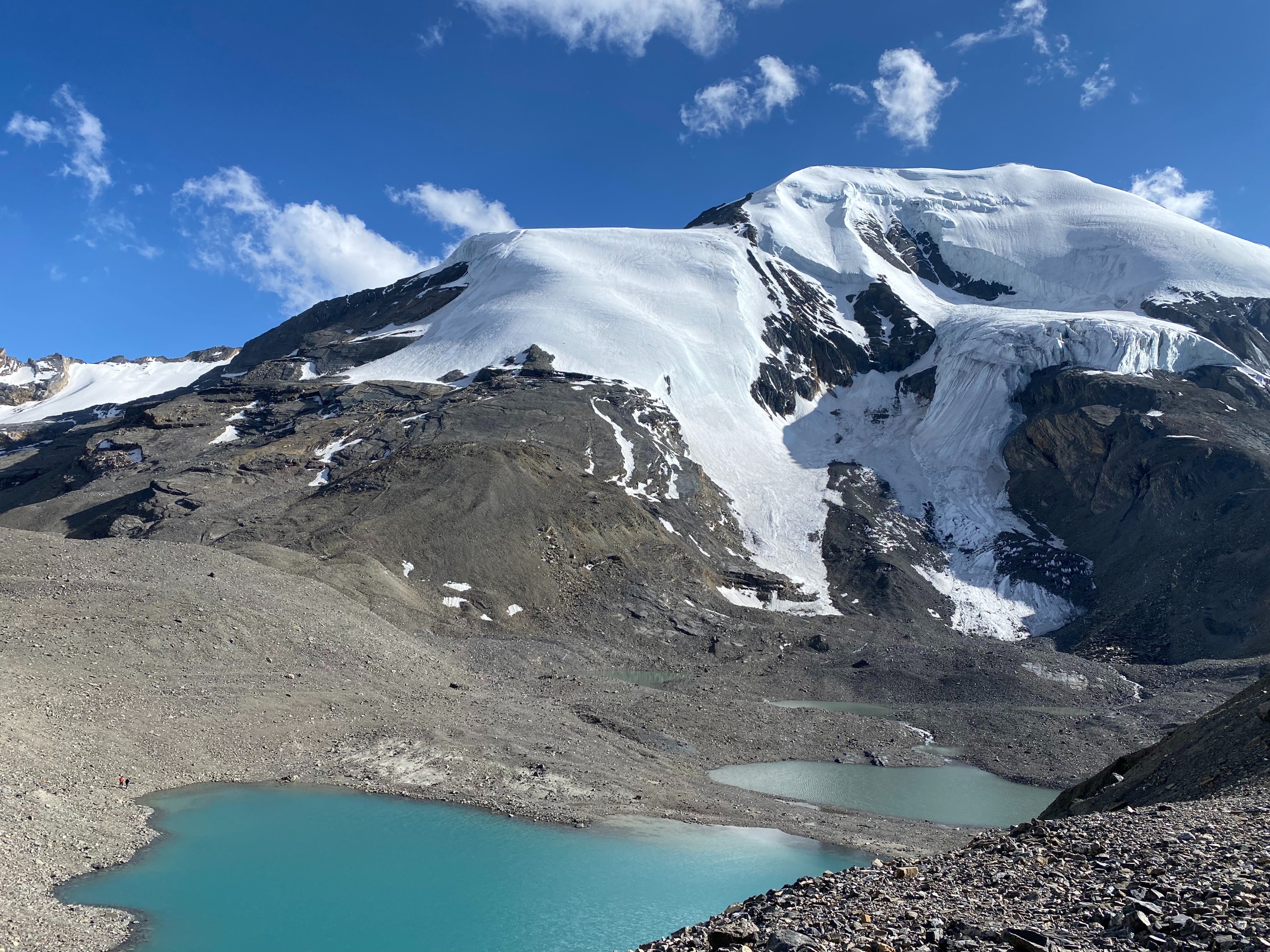The Island Peak Climbing and Everest Base Camp (EBC) trek is one of the best adventure combos in Nepal. Island Peak, also known as Imja Tse, is a famous trekking peak located in the heart of the Khumbu region. It offers stunning Himalayan scenery and a manageable mountaineering challenge, making it ideal for beginner climbers looking to experience high-altitude trekking and peak climbing in Nepal.
This Island Peak expedition begins with the classic Everest Base Camp trek, where you follow in the footsteps of legendary climbers. Along the way, you’ll explore Sherpa villages, visit ancient monasteries, and enjoy views of iconic peaks like Everest, Lhotse, and Ama Dablam. Reaching Everest Base Camp (5,364m) is a dream for many trekkers, and combining it with Island Peak climbing takes the adventure to the next level.
Island Peak (6,189m) rises dramatically from the Chhukung Valley and appears like an island surrounded by glaciers, which is how it got its name. The Island Peak climbing route includes glacier travel, rope work, and a final push to the summit via a steep snow slope. While the climb is physically demanding, it is achievable for fit trekkers with some basic mountaineering training. It’s a great way to gain climbing experience in Nepal.
From the summit of Island Peak, climbers are rewarded with panoramic views of massive peaks like Lhotse (8,501m), Nuptse (7,879m), Makalu (8,475m), Baruntse, and Ama Dablam (6,812m). These breathtaking views make the effort truly worthwhile. The feeling of standing on a Himalayan summit is unforgettable and deeply fulfilling.
The best seasons for Island Peak climbing with Everest Base Camp trek are spring (March to May) and autumn (September to November) when the weather is clear and stable. This expedition is a perfect introduction to Himalayan mountaineering and prepares you for more challenging Nepal peak climbing adventures in the future. Whether you’re aiming for Ama Dablam or even an 8,000-meter peak one day, Island Peak is the perfect place to start.
